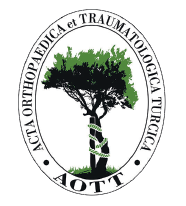The atlantoaxial segment of the cervical spine is unique for its distinctive anatomical features. Given the variation in the anatomy of this region, surgeons must possess a profound knowledge of its anatomy to be able to combine multiple surgical approaches tailored to the specific anatomical variants of the patient’s condition. Insertion of C1 lateral mass screws can be technically demanding, particularly in cases where dissection leads to iatrogenic injury of the C1/C2 venous sinus and causes significant bleeding or in patients with dysplastic C1 anatomy or vertebral artery anomalies. Gallie’s fusion necessitates an intact posterior arch and C2 spinous process for the wire place ment. However, this technique carries a risk of C2 spinous process fracture, which may compromise the overall stability of the construct. Magerl’s transarticular screw technique is an option, but it requires the reduction of the C1/C2 subluxation before the screws can be placed. In this report, a novel surgical technique that combines transarticular screws with a transverse rod and Gallie’s wire fixation utilized in 2 cases of atlantoaxial subluxation is illustrated. This technique will be an alternative option of C1-C2 fixation, which mitigates the surgical difficulties of the existing techniques while enhancing the stability of the construct.
Cite this article as: Chandirasegaran S, Praveen G, Chan C.Y.W, Kwan M.K. A novel atlantoaxial subluxation fixation technique combining transarticular screws with transverse rod and Gallie’s wires: a report of two cases. Acta Orthop Traumatol Turc., Published online XX XX, 2025. doi:10.5152/j.aott.2025.25411.



.png)
.png)
